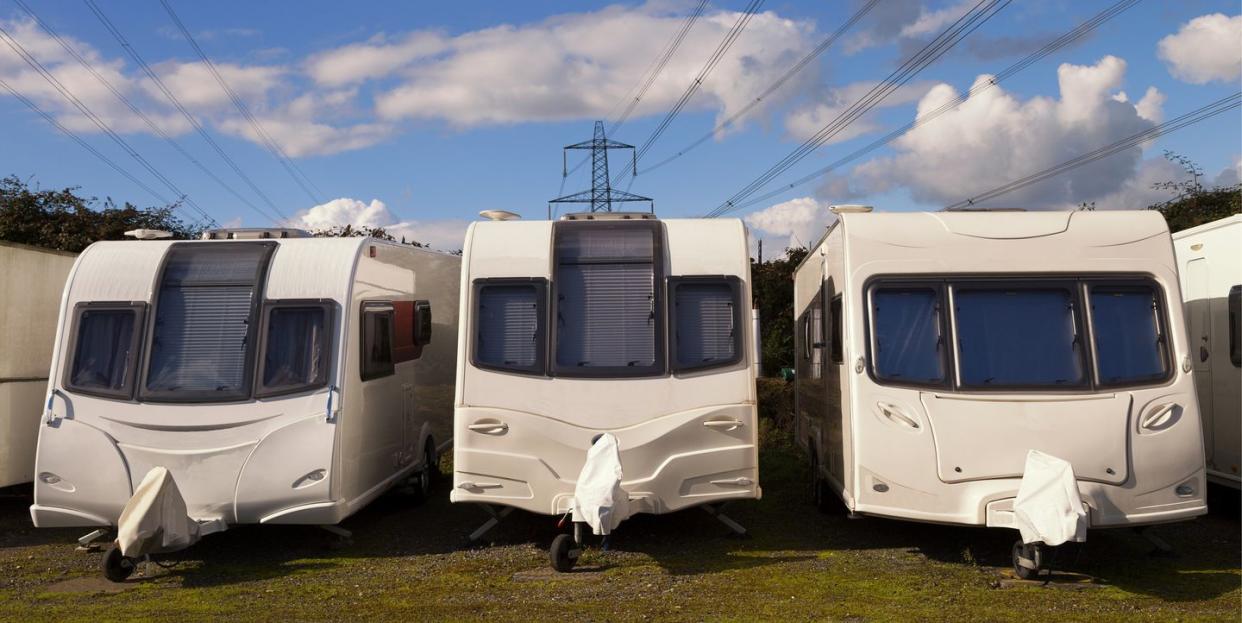How to Winterize an RV

Winterizing your RV will ensure it's ready to roll in the spring with minimal effort. The process may take a few hours, but it will be well worth it to prevent damage that may occur during the winter months.
The ideal way to store your RV during the winter is in an enclosed steel garage space. With this type of storage you can regulate the temperature and not worry about freezing pipes and harming the plumbing. Open air outdoor storage conditions can also cause wear and tear on the exterior of the RV. The second best storage option is a merely covered steel structure which will protect your RV from the elements, but not from freezing temperatures.
Once you've decided on a storage location, there are a few steps to check off:
Make sure the electricity, heat, and air-conditioning circuit breakers are turned off.
Unplug the battery and store it indoors in a dry location.
Top off and shut off the propane tanks and remove them from your RV. If possible, store them separately from your RV in a safe location.
Top off the gas tank, oil, radiator, and any other fluids. This will prevent moisture from building up anywhere in the system. Just make sure you add fuel stabilizer to the gas.
Place the RV on jacks and remove the tires if the RV will be sitting for an extended period, or else they can develop flat spots.
If your RV will be stored outdoors and uncovered, secure tarps over the top and ensure any roof vents or windows are covered.
Empty water and sewage tanks.
Blow out the pipes with compressed air, similar to how you winterize a sprinkler system.
With all that done, you should be more than ready to roll by the time spring rolls around. Well, once you get the wheels back on at least.
('You Might Also Like',)

